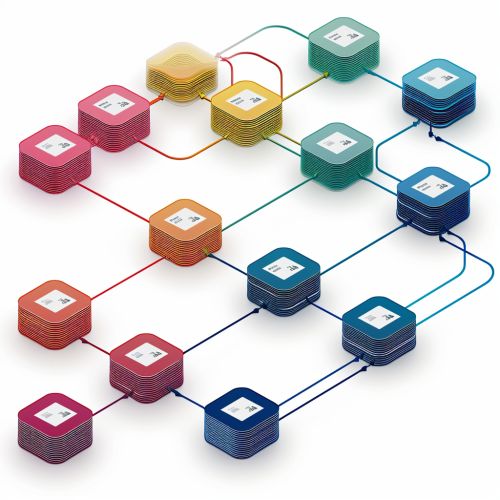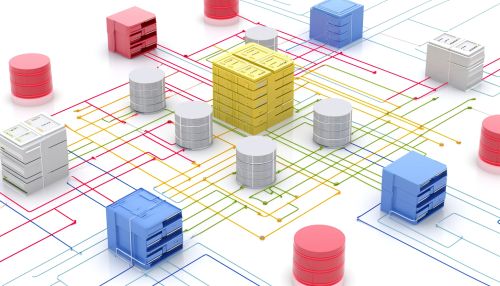Physical Data Model
Introduction
A Physical Data Model (PDM) is a representation of a data design which takes into account the facilities and constraints of a given database management system. In contrast to logical data models, a physical data model represents how the model will be built in the database. This includes detailed specification of data elements, data types, indexing options and other parameters residing in the DBMS data dictionary.


Overview
The physical data model is the process of transforming a logical data model into a physical model of a database. Unlike the logical data model, the physical data model is specific to the database system that the organization is planning to use for its applications. The physical model is an abstraction of the database design and includes details about storage formats, data access paths, and physical implementations of relationships between tables.
Components of a Physical Data Model
The physical data model consists of many components that work together to create an efficient database. These components include:
- Tables: These are the entities in the database, which are made up of rows and columns. Each table has a unique name and may have one or more columns. Each row in a table represents a unique instance of that entity.
- Columns: These are the attributes of the table. They define the type of data that is stored in the table. Each column has a unique name within its table.
- Keys: These are specific fields that help to identify a record uniquely in a table. There are two types of keys in a physical data model: primary keys and foreign keys.
- Indexes: These are used to speed up the retrieval of rows from the database. An index is a physical structure containing pointers to the data.
- Views: These are virtual tables derived from the base tables. They are used to hide the complexity of the underlying database schema, or to isolate the application from any future changes to the base table definition.
- Stored Procedures: These are precompiled SQL statements that are stored in the database. They can be invoked from an application program.
- Triggers: These are procedures that are automatically executed by the database management system when certain events occur.
Physical Data Model Design Process
The process of designing a physical data model involves several steps:
1. Conversion of entities into tables: In this step, all entities in the logical data model are converted into tables.
2. Conversion of relationships: All relationships in the logical data model are converted into foreign keys in the physical data model.
3. Normalization: This is the process of removing redundancy and dependency from the data. The main goal of normalization is to add, delete or modify field that can be made in a single table.
4. Denormalization: This is the process of combining tables to improve performance. The main goal of denormalization is to reduce the complexity of the database.
5. Defining Integrity Constraints: This involves defining the rules for data integrity and consistency. These rules are implemented through constraints like primary key, foreign key, unique, check, and not null constraints.
6. Physical considerations: This involves considering the physical storage aspects like partitioning strategy, clustering, and indexing.
Benefits of a Physical Data Model
A physical data model provides several benefits:
- Performance Optimization: Physical data models allow for the optimization of data storage and retrieval, improving the performance of the database.
- Data Integrity: By defining the rules for data integrity and consistency, a physical data model helps to ensure the accuracy and reliability of data.
- Data Security: Physical data models can also include security facets to protect data, such as access controls and encryption.
- Facilitates Communication: Physical data models can serve as a blueprint for building the database and a communication tool between the database designer and the application developer.
Conclusion
Physical data models are an essential component in the data management strategy of any organization. They provide a detailed, organized view of data requirements from a physical storage perspective and are crucial in optimizing the performance, integrity, and security of databases.
